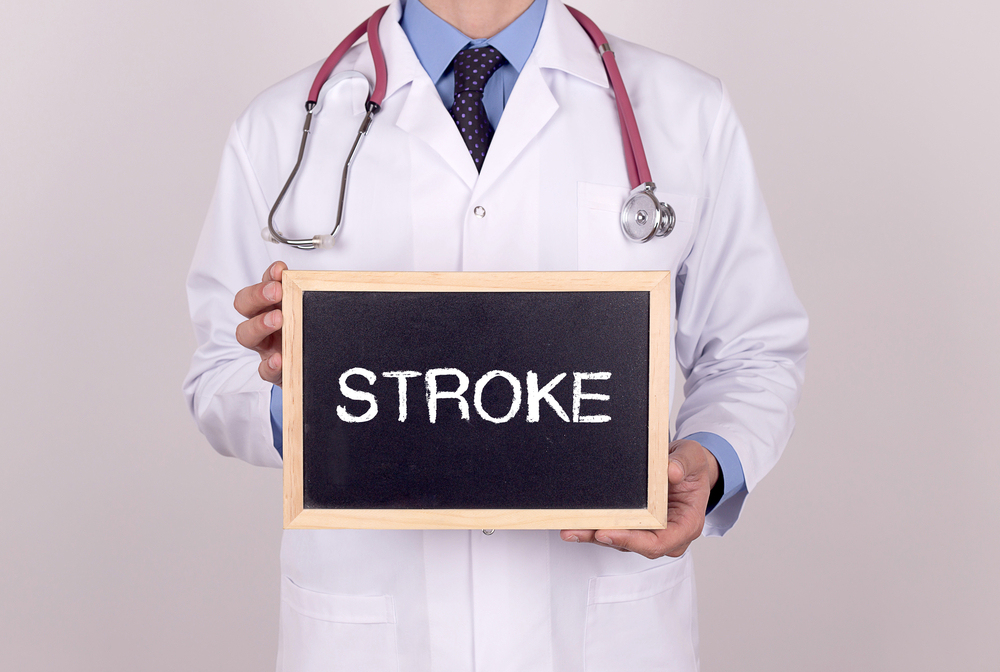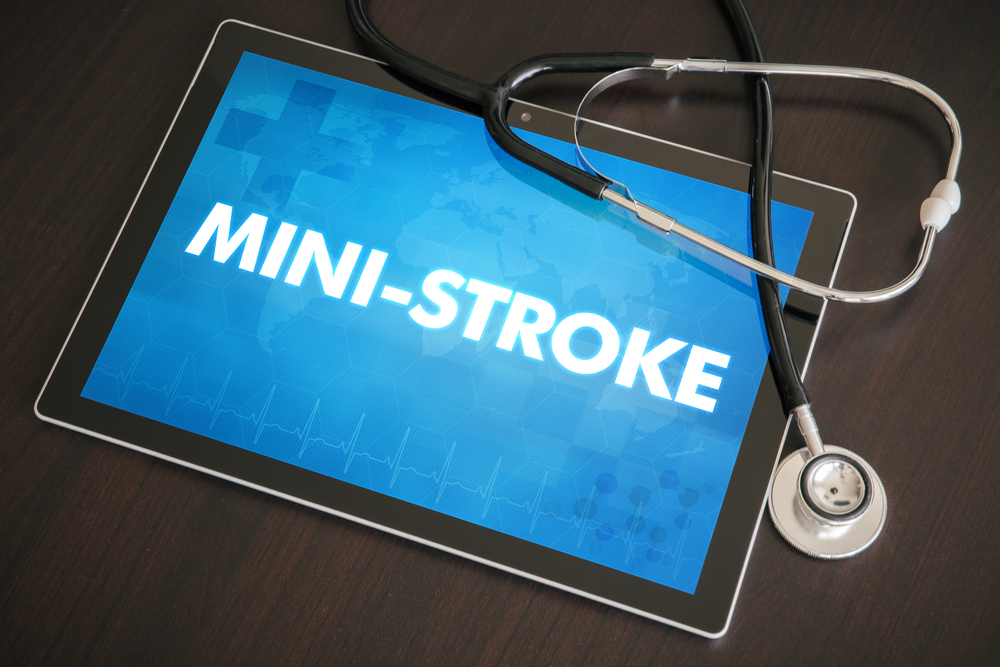A mini stroke, also known medically as a transient ischemic attack (TIA), is a temporary disruption of blood flow to the brain. Though symptoms often last only a few minutes to a few hours, a TIA is a critical warning sign. It indicates an increased risk of a full ischemic stroke in the future. According to the Centers for Disease Control and Prevention (CDC), recognizing and responding quickly to these warning signs can significantly reduce the risk of long-term disability or life-threatening complications.

What Is a Mini Stroke (Transient Ischemic Attack)?
A transient ischemic attack (TIA) occurs when there is a temporary blockage in the blood vessels supplying the brain. Unlike a full stroke, the blockage in a TIA is brief and symptoms typically resolve within 24 hours, often much sooner. However, a TIA does not cause lasting damage to brain tissue in the same way a stroke does—but it is a strong predictor of future strokes. Studies suggest that approximately 1 in 3 people who have a TIA will eventually experience a stroke, with about half occurring within a year (CDC, 2023).
Because of this elevated risk, medical professionals treat a TIA as a medical emergency, requiring immediate assessment and, if needed, treatment to reduce future stroke risk.

Why Recognizing TIA Matters
While TIAs do not cause permanent damage, they are often described as a “warning stroke” or “mini stroke” for a reason. Research from the American Stroke Association (ASA) indicates that timely recognition and treatment after a TIA can reduce the risk of a subsequent major stroke by up to 80%. This makes early detection essential—especially in older adults, who often have higher rates of vascular risk factors such as hypertension, diabetes, and atrial fibrillation.
7 Recognized Signs of a Mini Stroke in the Elderly
While TIAs can be unpredictable, they often share symptoms with full strokes. The following are seven widely accepted signs that can indicate a TIA. Anyone experiencing these should seek immediate medical attention.
1. Sudden Weakness or Numbness
Sudden weakness or numbness, particularly on one side of the body (face, arm, or leg), is a classic sign of both TIAs and strokes. This symptom typically appears without warning and can disappear quickly, making it easy to dismiss. But even brief episodes should be evaluated urgently.

Source: American Stroke Association (2024)
2. Difficulty Speaking or Understanding Speech
A TIA can cause sudden confusion, slurred speech, or difficulty understanding others. This symptom may come and go quickly but is a key warning sign. Speech difficulties often reflect disruption in the brain’s language centers.

Source: Mayo Clinic (2024)
3. Vision Changes
TIAs can cause sudden vision problems, such as blurred or double vision, or even temporary loss of vision in one or both eyes. According to the National Institute of Neurological Disorders and Stroke (NINDS), these visual disturbances often last only minutes but should not be ignored.

4. Dizziness or Loss of Balance
Older adults experiencing sudden dizziness, trouble walking, or loss of balance and coordination may be having a TIA. These symptoms can increase the risk of falls and injury, so rapid medical evaluation is important.

Source: CDC (2023)
5. Sudden, Severe Headache
While less common in TIAs than in hemorrhagic strokes, a sudden, unexplained headache—especially when combined with other neurological symptoms—can be a warning sign. It’s essential not to dismiss new or severe headaches in older adults.

Source: National Institute on Aging (2024)
6. Confusion or Trouble Understanding
A TIA can lead to sudden episodes of confusion or trouble understanding instructions or conversations. This can be subtle, particularly in older adults, and may be mistaken for age-related memory changes or dementia—but unlike chronic conditions, TIA-related confusion typically develops suddenly.

Source: American Stroke Association (2024)
7. Difficulty Swallowing
Although less well-known, sudden difficulty swallowing (dysphagia) can also occur during a TIA. This symptom indicates potential disruption in the brain areas controlling the swallowing reflex and warrants urgent assessment.

Source: Mayo Clinic (2024)
What To Do If You Notice These Signs
Even if symptoms resolve quickly, a TIA is a medical emergency. Prompt medical assessment can help identify underlying causes, such as carotid artery disease or atrial fibrillation, and allow healthcare providers to implement preventive strategies.
According to the CDC and ASA guidelines, anyone experiencing these signs should call emergency services (such as 911 in the United States) immediately. Early treatment can include medication to reduce clot formation, procedures to open narrowed arteries, and management of risk factors like high blood pressure or diabetes.
Preventing Future Strokes After a TIA
Management after a TIA focuses on stroke prevention. This often includes:
-
Blood-thinning medications to prevent clot formation
-
Control of blood pressure, cholesterol, and blood sugar
-
Lifestyle changes (healthy diet, regular exercise, quitting smoking)
-
Medical or surgical procedures to treat carotid artery disease or heart rhythm problems
Evidence shows that these steps can substantially lower the risk of future strokes.
Conclusion
A transient ischemic attack (TIA) is a critical warning sign that should never be ignored. Though symptoms may be brief, they indicate underlying issues that significantly raise the risk of a future, potentially disabling stroke. Recognizing the signs—such as sudden weakness, speech difficulties, or vision changes—and seeking immediate medical care can save lives and improve outcomes, especially for older adults.
If you or a loved one experiences any of these signs, treat it as an emergency and seek professional help right away. Prompt diagnosis and treatment can dramatically reduce the risk of long-term complications and improve overall health.
References
-
Centers for Disease Control and Prevention (CDC). (2023). Stroke Facts. https://www.cdc.gov/stroke/facts.htm
-
American Stroke Association (ASA). (2024). Warning Signs of Stroke. https://www.stroke.org/en/about-stroke/stroke-symptoms
-
Mayo Clinic. (2024). Transient Ischemic Attack (TIA). https://www.mayoclinic.org/diseases-conditions/transient-ischemic-attack
-
National Institute of Neurological Disorders and Stroke (NINDS). (2024). Transient Ischemic Attack Information Page. https://www.ninds.nih.gov/health-information/disorders/transient-ischemic-attack
-
National Institute on Aging (NIA). (2024). Stroke. https://www.nia.nih.gov/health/stroke
